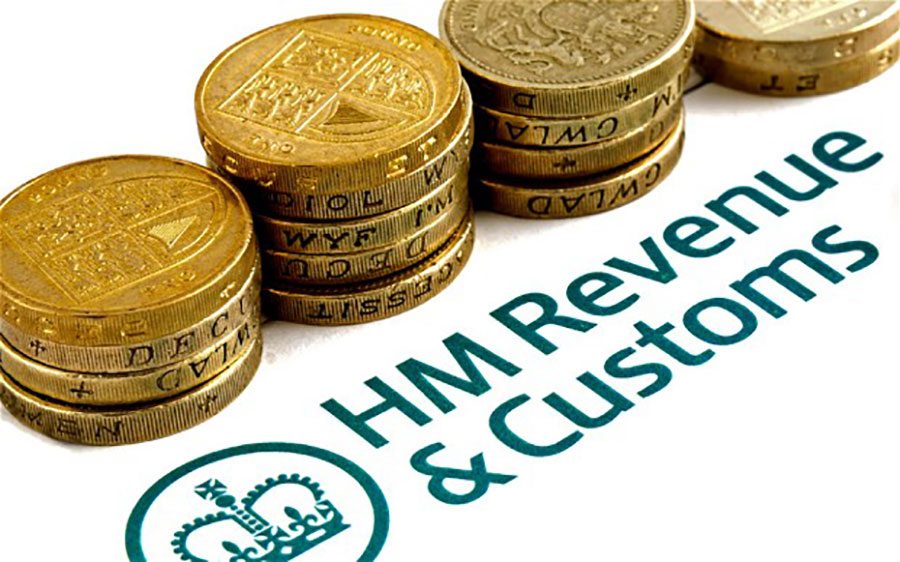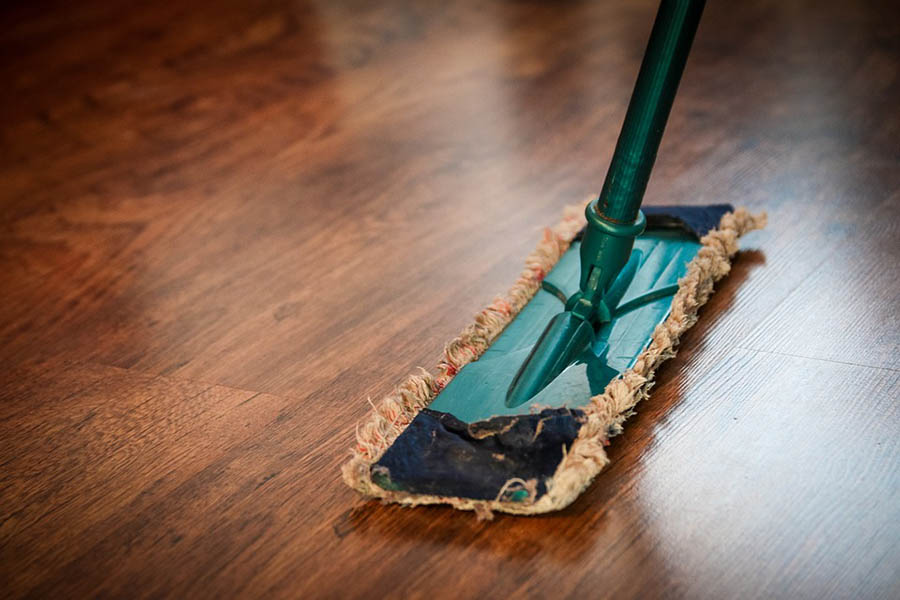Moving home can be a stressful event, and there’s a lot to do even after you receive the keys to your new property. This moving home checklist can help you to prioritise what you need to do over the next few days.
Talk to the seller
The first thing you need to do is talk to the seller and discover who supplies the:
- Gas
- Water
- Electricity
- Broadband
- Landline
It helps to inform your existing suppliers about your move a month in advance.
You also need to get a forwarding address from the seller so that any letters can be sent on. This helps the seller make a clean break from the house, but it also means that you won’t be liable for any mail going missing.

Servicing equipment
Hopefully, you have will have already talked to the seller about the appliances and equipment within the house and what you are keeping. If nothing else, this will be in the contract, but you need to find out when:
- The chimney was last swept
- The boiler was last serviced
- The last electrical check was completed
The first two are essential, and it’s a legal requirement that they be done within the last year if you are renting the house. If you are buying the house, there is virtually no legal requirement unless the seller agrees to create one through the contract.
Local council
You also need to look up your local district or city council and check out its website. The vast majority publish an online collection calendar that states when you need to put out your recycling, rubbish and food waste. It’s a good idea to print it off. If you don’t have recycling boxes, you may need to ring your local council. In addition, you need to update:
- Your council tax details
- The electoral roll
Make sure you have informed the previous council that you are moving out of your property, and give the new owners’ names.
On a semi-related note, you also need to update your healthcare providers. These include:
- Your dentist
- Your GP
Updating services
The next stage is to inform various people about your change of address. You’ll need to update your:
- Bank details
- Credit cards
- Mobile phone supplier
- Driving licence and passport
- Any cars that are registered to you with the DVLA
- Your insurance (home, car and travel)
- Store loyalty card addresses
- Streaming subscriptions and online shopping details (Netflix, Amazon, eBay and Hulu)
- Employer or HMRC
If you are unable to get a good signal where you are or easily access a branch of your local bank, for example, you may need to consider changing providers. With banks, this is fairly easy, but your mobile phone supplier may insist on a cancellation fee.

Inside the house
In case of emergencies, you will need to know where these items are located:
- The fuse box
- The stopcock
- The gas shut-off valve
In addition, it’s also a good idea to locate the thermostat, the electricity meter and the gas meter. In most cases, you can ask the seller, but a quick visual check also helps so that you know exactly where they are if needed
That’s a long moving checklist to get going with before you’ve even moved a single item.
Immediately before moving
So once it’s moving day, you want to do some preparation. Before the first item is moved, record the meters of both houses, taking photographs if necessary, and give the new house a thorough clean. This is because you don’t want any debris left over from the seller’s move, and it also cleans spaces that haven’t seen a Hoover since 1987, particularly areas that were under heavy dressers and so on. In addition, if you want to replace carpets or do any painting, now is the time.
However, in most cases, a quick clean will suffice – you can even get a cleaning company to do it for you straight after the seller has moved out.
Check that all the keys work, including those for any garages or outbuildings. Once the contracts have been exchanged, any padlocks on the property can be cut off if necessary, unless there is a stipulation saying you cannot. You should also check the overall condition of the property, noting anywhere there is major damage that wasn’t there previously. While minor marks are generally expected and even acceptable, major damage caused by the previous occupants moving or their negligence should be recorded and pursued.

While moving
You’ll need to prepare your house for the movers, who may either box everything up for you or you may need to box your own items up. Don’t forget that items are often only covered on your contents insurance if you use a professional moving firm, and you’ll need to check your contents insurance carefully to ensure it offers that form of cover.
Once everything is boxed up, check that nothing has been left behind. Commonly overlooked areas include:
- Garden sheds
- Medicine cabinets
- On top of kitchen cabinets
- Cupboards under the stairs
- In lofts, particularly where there is more than one loft
At this stage, you should also have an inventory, and as items are unloaded, you need to tick each item off. It’s a good idea to immediately place major appliances, such as fridges, freezers and washing machines, inside the house and plug them in so that you know that they’re still working after the move. You also want to take a kettle with you separately along with tea bags, coffee, sugar and milk, as moving is thirsty work. A 24-can pack of soft drinks might also be helpful.
Quickly run the boiler to make sure that you understand how it works, and connect up the phone and internet as soon as possible – the latter will be very helpful if you need to troubleshoot any issues. Gradually sort through the items, and consider removing any items that you either don’t recognise or haven’t used in the last couple of years. This is particularly the case with clothing.
As a final tip on your moving home checklist, it’s a good idea to order a takeaway such as a pizza to arrive when you’re done. This means you don’t have to locate pots and pans or food on this already-stressful day. See our key 5 tips on how to make your house move less stressful.